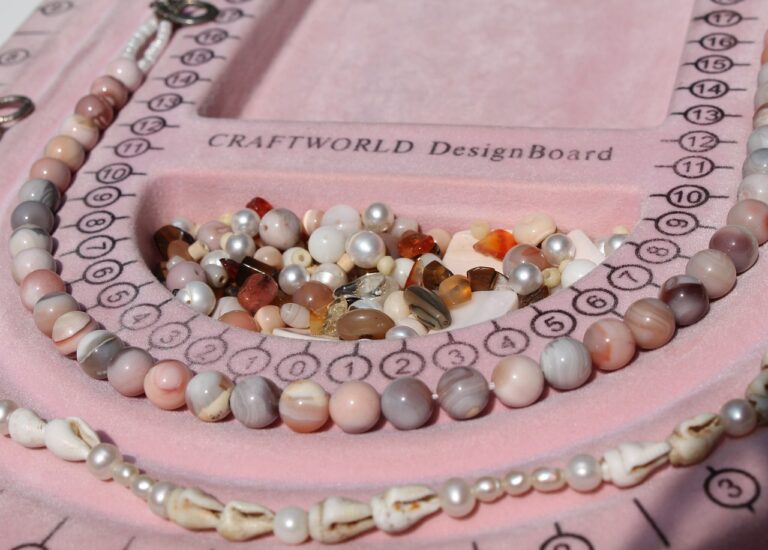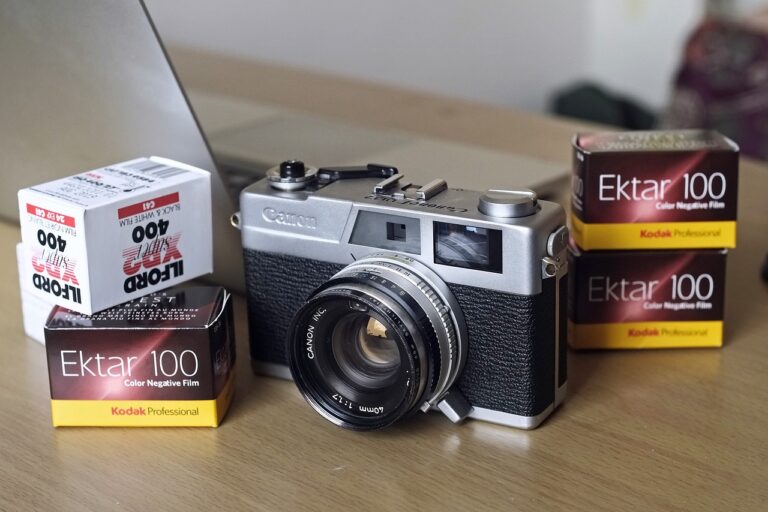Fashion and the Circular Economy: Clothing Rental Services and Secondhand Markets as Sustainable Alternatives
Fast fashion, characterized by the mass production of inexpensive clothing to keep up with rapidly changing trends, has significant environmental consequences. The fast fashion industry is notorious for its high water consumption, emitting pollutants into waterways, and generating massive amounts of textile waste. These harmful practices contribute to water pollution, greenhouse gas emissions, and the depletion of natural resources, leading to adverse impacts on ecosystems and human health.
Moreover, the fast fashion model promotes a culture of overconsumption and quick disposal of clothing items. As a result, the lifecycle of garments is shortened, with many pieces ending up in landfills within a short span of time. This linear approach to fashion not only exacerbates the environmental burden but also perpetuates a cycle of continuous resource extraction, manufacturing, and waste generation. In light of these issues, it is crucial for both consumers and industry stakeholders to reconsider their practices and opt for more sustainable alternatives.
• The fast fashion industry consumes high amounts of water in production processes
• Pollutants from fast fashion factories are often released into waterways
• Fast fashion generates large quantities of textile waste, contributing to environmental degradation
• Overconsumption and quick disposal of clothing items perpetuates a cycle of waste generation
• Consumers and industry stakeholders should consider more sustainable alternatives to reduce environmental impact
The Rise of Clothing Rental Services
In recent years, there has been a notable shift in consumer behavior towards sustainability and conscious consumption. One industry that has gained significant traction in this movement is the fashion sector, particularly with the emergence of clothing rental services. These services allow individuals to rent high-quality clothing items for a specific period, offering a more sustainable alternative to traditional fast fashion practices.
The rise of clothing rental services is reshaping the way people view and interact with fashion. By opting to rent clothes instead of buying them outright, consumers can access a wider range of styles and brands without contributing to the negative environmental impact of fast fashion. Additionally, renting clothes promotes a circular economy by extending the lifespan of garments and reducing the amount of textile waste that ends up in landfills.
Benefits of Renting Clothes
Renting clothes can offer a sustainable alternative to traditional purchasing habits. By opting to rent garments instead of buying new ones, individuals can contribute to reducing the environmental impact of fast fashion. This shift in consumer behavior promotes the concept of circular fashion, where items are shared and reused instead of being disposed of after limited use.
Moreover, renting clothes allows for access to a wider variety of styles and brands without the need for a significant financial investment. This flexibility enables individuals to experiment with different looks for special occasions or daily wear, without the commitment of owning numerous pieces that may only be worn a few times.
How does fast fashion negatively impact the environment?
Fast fashion contributes to pollution, water waste, and the depletion of natural resources due to the high demand for cheap and quickly produced clothing.
What are some benefits of using clothing rental services?
Renting clothes helps reduce the demand for new clothing production, promotes sustainable fashion practices, and allows individuals to access a variety of styles without the commitment of ownership.
How does renting clothes contribute to reducing waste?
Renting clothes extends the lifecycle of garments, reducing the amount of clothing that ends up in landfills. It also encourages a circular economy where clothes are reused and recycled instead of being disposed of after minimal use.
Are clothing rental services cost-effective compared to buying new clothes?
Renting clothes can be more cost-effective for individuals who like to wear different outfits for special occasions or events without the need to purchase new clothing each time. It also allows people to access higher-end designer pieces at a fraction of the cost.
Can anyone benefit from renting clothes, or is it limited to certain demographics?
Clothing rental services are becoming more inclusive and accessible to a wider range of customers, including men, women, and children of various sizes and style preferences. It is a convenient option for anyone looking to experiment with fashion choices without the commitment of buying new clothes.







